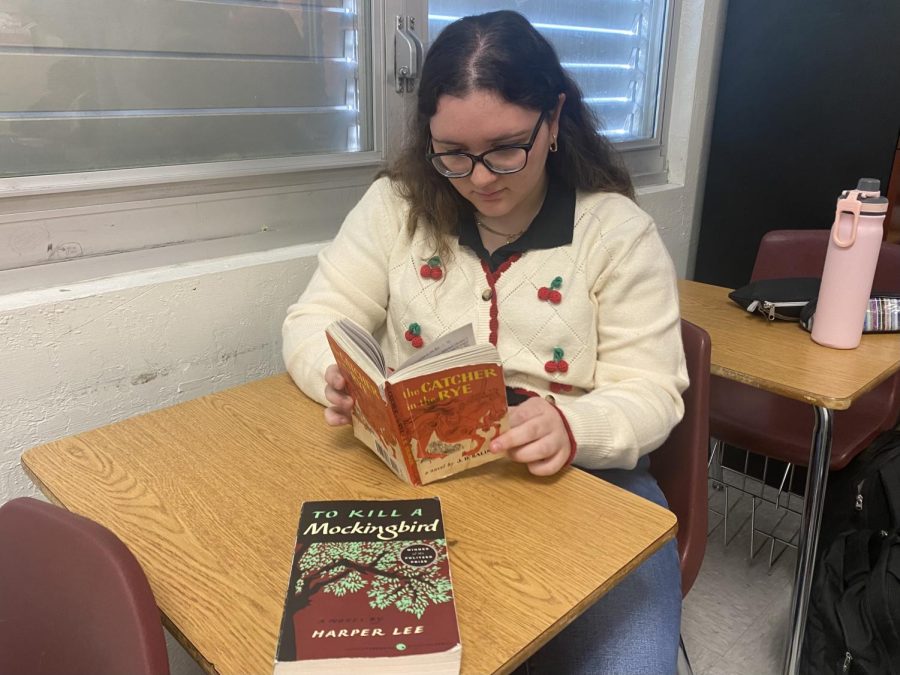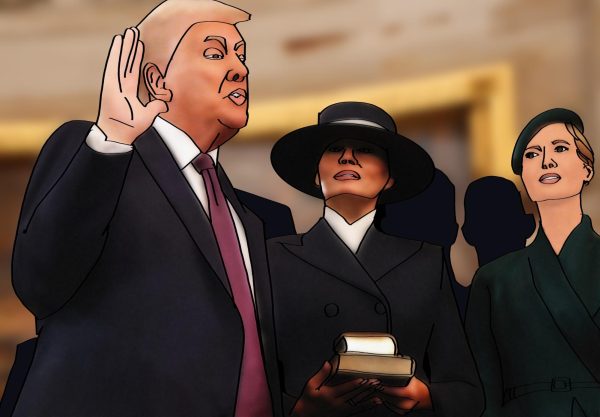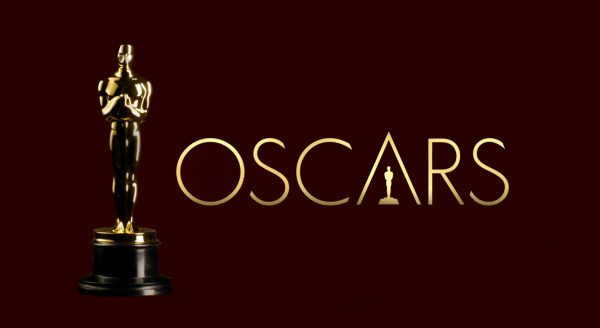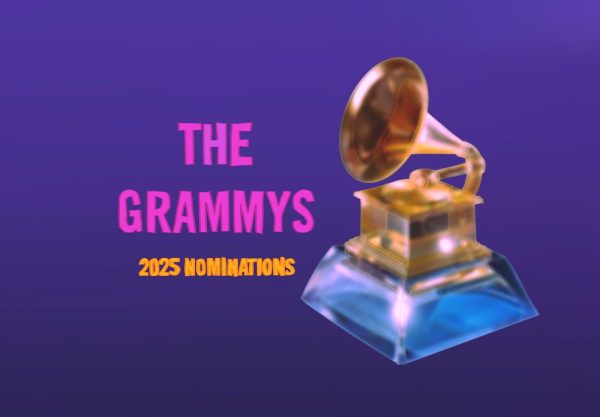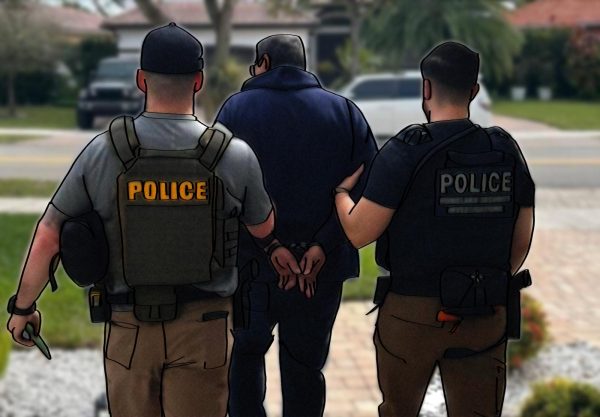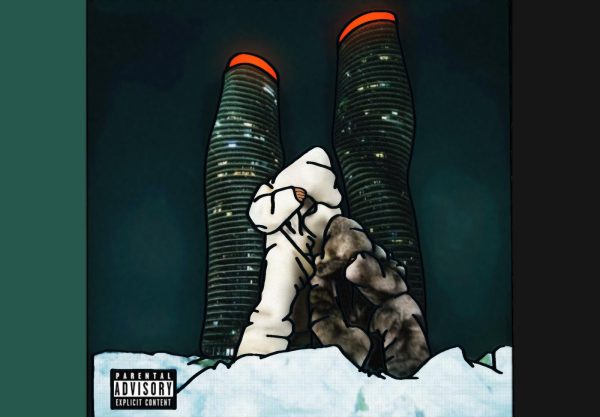The Banned Book List: Setbacks for Public Education
Michelle Hernandez reads Catcher in the Rye, a controversial book that has been added to the Banned Books list.
Picture yourself buying your required reading books for the remainder of the school year. You immediately discover that all these books are boring; it is clear that the plots will lack those heart-thundering twists we all love. Why were these books chosen? There are no more options. As a result of unfair book bans, students are being robbed of access to important literature.
The growing movement to censor books in school has crossed the line. Any trivial thing that might be offensive to someone can cause a book to be permanently taken off the shelves, which is threatening students’ freedom of expression.
Schools, libraries and book stores have the final decision on the fate of each book. Classic novels such as “To Kill a Mockingbird” have been put on the Banned Books list and have been removed from libraries across the country. This eliminates intellectual freedom.
Books teach us more about diversity and keep our imaginations alive. When students are exposed to characters with different cultures, they learn to embrace differences. Karis Rogerson, a journalist, wrote a blog explaining how she discovered she was queer from reading. She theorizes that if she had a broader selection of books earlier in her life, she would have discovered her identity sooner.
“Books are a source of knowledge and power. They should absolutely not be banned in libraries. People should have the right to make their own decision on whether or not they read public books,” Assistant Principal Leyte-Vidal said.
Furthermore, the ability to truly understand a character in a book should not be underestimated. A 2014 study showed that elementary school students became more empathetic toward immigrants after reading Harry Potter.
Before books make it on the infamous list, they are challenged by parents. A form is filled out explaining the supposed offense. Despite having good intentions for their children, parents often go overboard.
For example, the classic childhood story, “Charlotte’s Web”, was put on the Banned Books list in 2006 due to the fact that talking animals were unnatural and that the dying spiders were an “inappropriate subject matter for a children’s book”. If this were always the case and everything in a novel was put under inspection, every book ever written would be put on the Banned Books list.
“Having read many books on the list, I don’t see any reason why they should be banned from schools and libraries. Aside from harsh language and slight themes of death, they have meaningful messages that are important for people to learn about,” sophomore Caitlin Savage said.
Four million American students have been impacted by banned books. The majority contain LGBTQ+ content, which is a form of discrimination. Gay people should be able to feel comfortable expressing their true selves.
A smaller percentage of books were banned for sexual content, which admittedly should not be read about in elementary and middle school. However, in high school, these types of books should be available. Although they should not be required reading, they should not be banned from libraries either.
“At the end of the day, children need to be exposed to as many cultures and types of literature as they can. Most of the books on the list are considered classics because they have a strong impact on how people think,” sophomore Nathalie Schwart said.
Authors are exercising their First Amendment rights to voice their opinions on topics such as racism and activism and share them with the public. Book bans greatly limit those rights. Students also suffer because their options are now constricted to certain topics, preventing their knowledge from expanding.
The Banned Books list only harms students’ growth and perpetuates discrimination against the LGBTQ+ community. It is up to the people to convince school districts to refine the list or definitively destroy it.
Your donation will support the student journalists of Coral Gables Senior High School. Your contribution will help us cover our annual website hosting costs.

Tiffany “Tiff” Beh is a sophomore in the International Baccalaureate program. Already having experience with journalism, Tiffany served as a staff...


